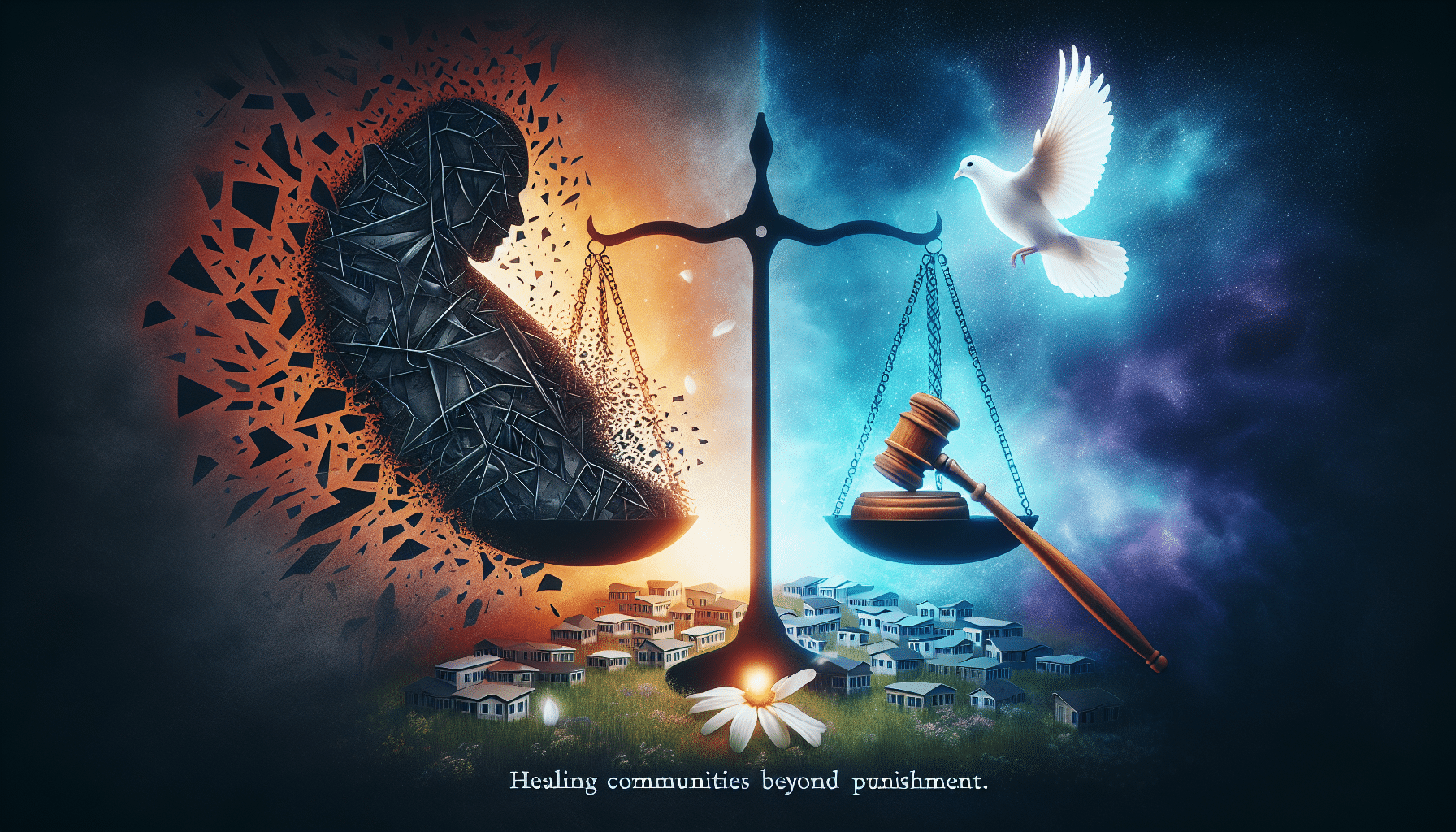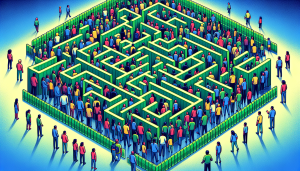Restorative Justice Programs: Healing Communities Beyond Punishment

Restorative Justice Programs: Healing Communities Beyond Punishment
In recent years, there has been a growing push for alternative forms of justice that focus on healing and rehabilitation rather than punishment. This is where restorative justice programs come in. These programs have gained traction as a more effective and compassionate way to address crime and wrongdoing in communities. In this article, we will explore how restorative justice programs go beyond punishment and foster healing in communities.
What is Restorative Justice?
Restorative justice is a philosophy and approach to justice that focuses on repairing the harm caused by crime and addressing the needs of all those affected by it. It views crime as a violation of relationships rather than just a violation of the law, and aims to repair those broken relationships. Unlike the traditional justice system, which focuses on punishing offenders, restorative justice aims to hold offenders accountable for their actions through a process of healing and restoration.
How Does Restorative Justice Work?
Restorative justice programs typically involve a facilitated dialogue between the offender, the victim, and other members of the community. This dialogue is aimed at addressing the harm caused by the crime and finding ways to repair it. In this process, the offender takes responsibility for their actions and engages in meaningful restitution, such as apologizing or performing community service. The victim also has a chance to express their feelings and have their needs met. This approach prioritizes the perspectives and needs of those directly affected by the crime, rather than the impersonal judgment of the criminal justice system.
The Benefits of Restorative Justice Programs
There are several benefits to using restorative justice programs in communities. Firstly, it allows for a more personalized and humanized approach to justice, where the focus is on healing and repairing relationships rather than punishment. This can lead to a sense of closure and satisfaction for the victim, as well as a sense of accountability and rehabilitation for the offender. Additionally, these programs have been shown to reduce recidivism rates, as offenders are more likely to feel a sense of remorse and responsibility for their actions. It also fosters a sense of community and promotes empathy and understanding between individuals involved in the justice process.
Restorative Justice in Action
Restorative justice programs have been successfully implemented in many places worldwide, including in some US states, Canada, and New Zealand. For example, in Northern Ireland, where restorative justice has been used extensively in the criminal justice system, an 81% victim satisfaction rate was reported. In Canada, a restorative justice program reduced youth crime by 44% in one community. These success stories highlight the potential impact of restorative justice programs in creating safer and more harmonious communities.
Conclusion
The traditional approach to justice often focuses on punishment and retribution, rather than addressing the underlying causes of crime and promoting healing. Restorative justice programs offer a more humanized and effective alternative by involving all parties affected by crime in a process of restoration and repair. By prioritizing healing and repairing relationships, these programs have the potential to create more empathetic and peaceful communities. It’s time to shift our focus from punishment to healing and embrace restorative justice for the betterment of our communities.










